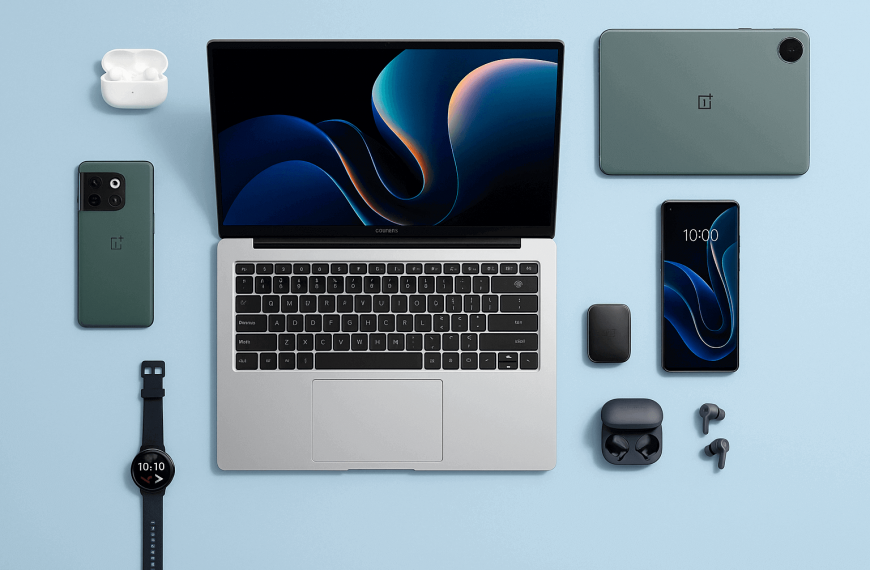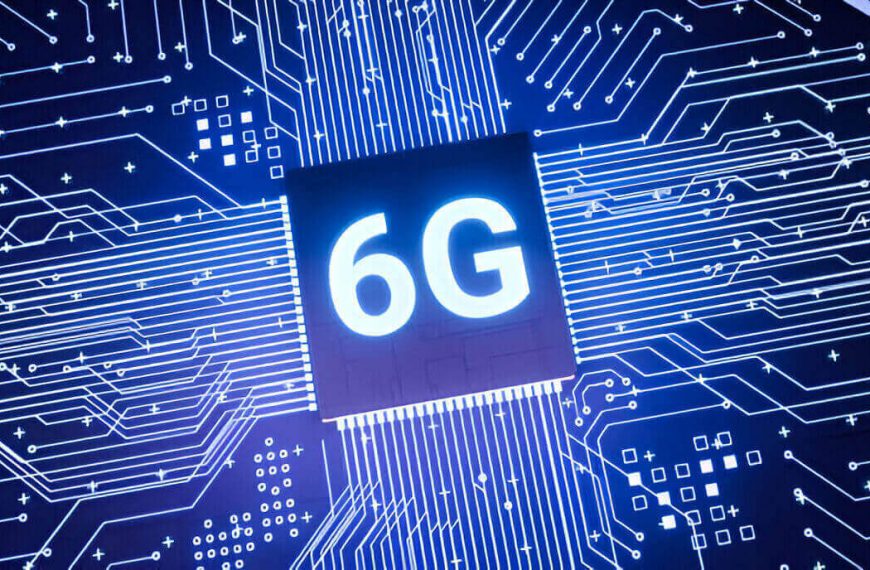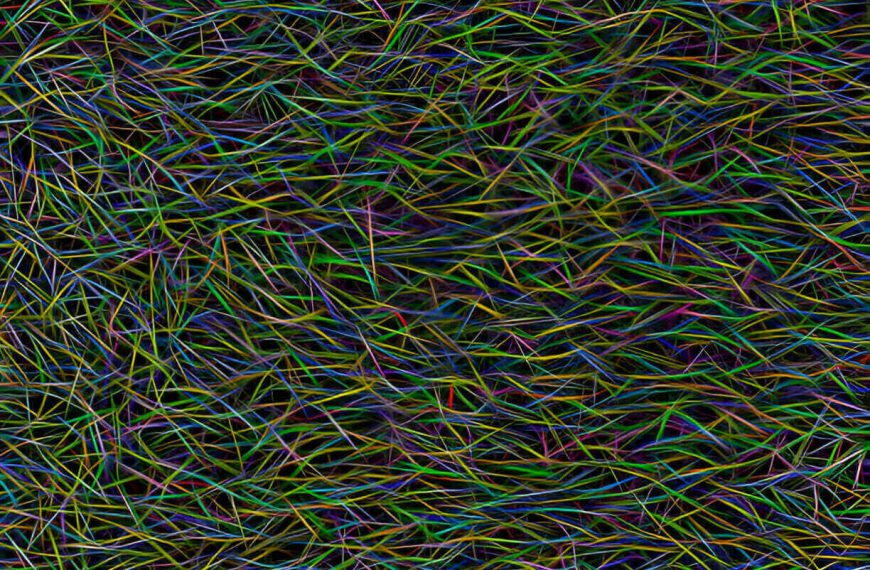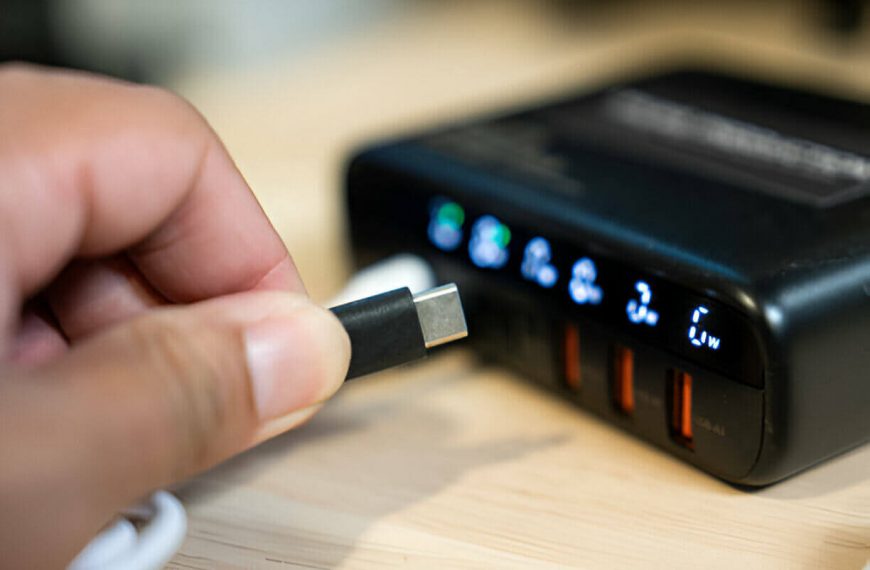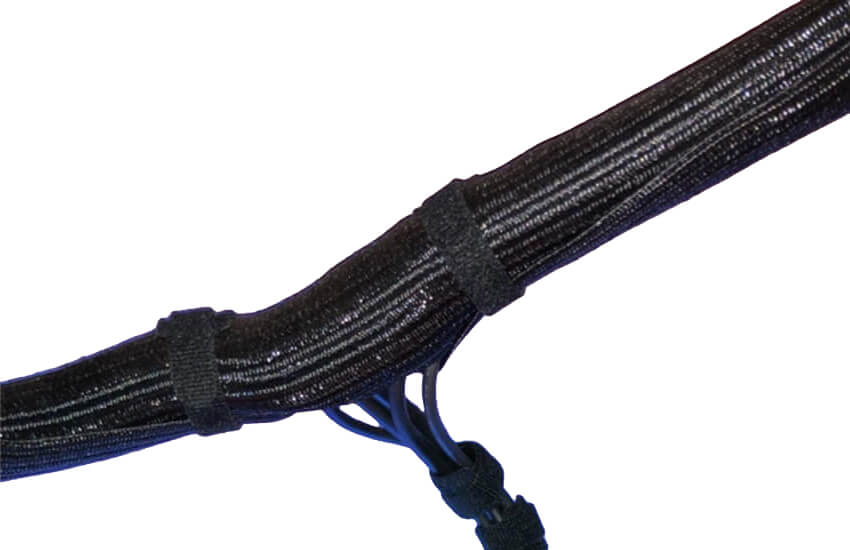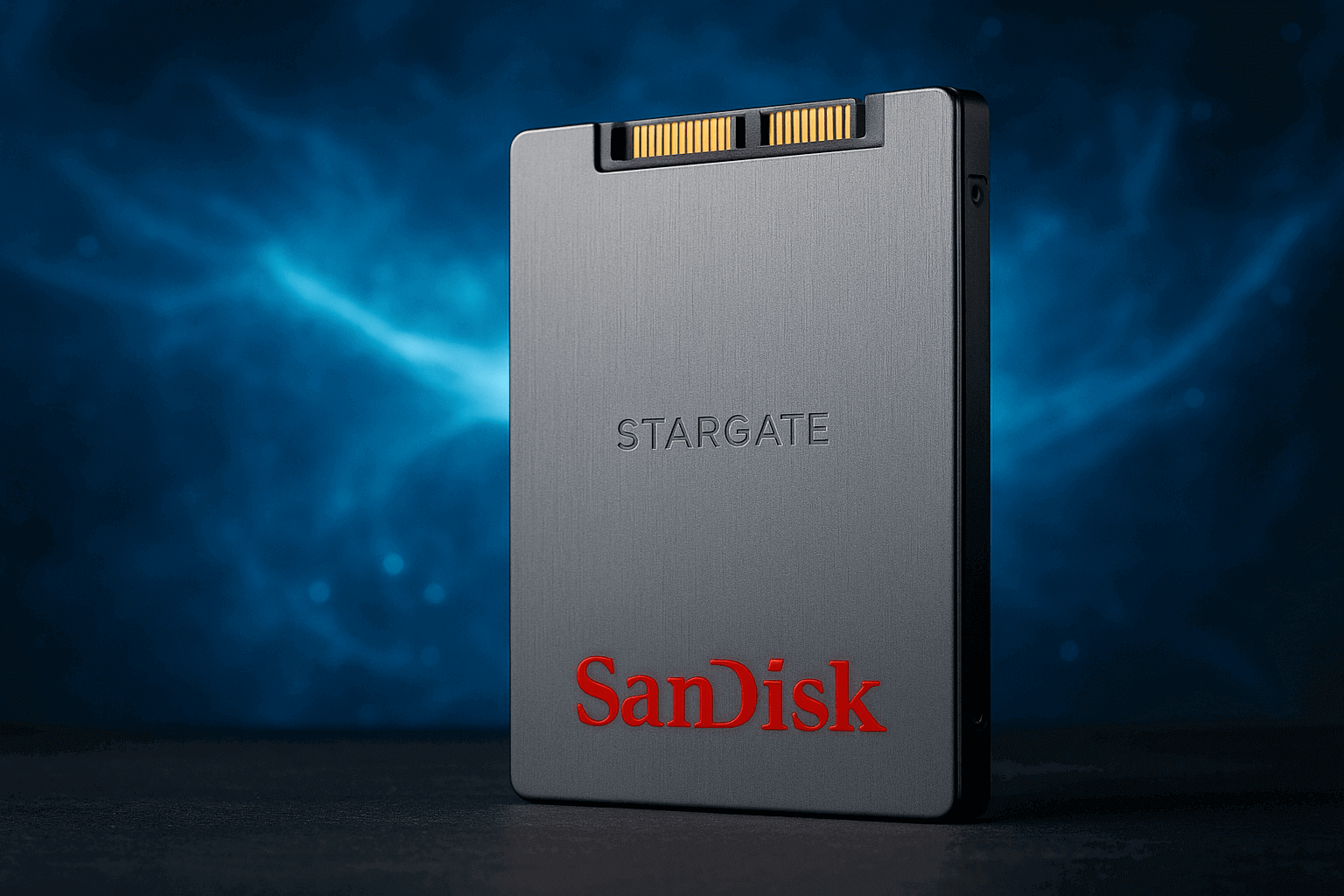
The company has announced “Stargate,” its new SSD controller architecture. The headline: 512TB drives by 2027. That’s not a typo. Half a petabyte on a single stick of flash. These drives won’t be for everyday desktops, but the scale is hard to ignore.
Let’s break it down.
What Exactly Is Stargate?
Stargate is a fresh controller architecture developed from scratch. SanDisk says it’s the backbone for its upcoming Ultra QLC enterprise SSD lineup. CEO David Goeckeler described the project as “dynamite” during a recent investor call. That may be PR-speak, but the roadmap behind it carries real weight.
Paired with the company’s 2-terabit BiCS8 QLC NAND, Stargate aims to push SSD capacity far beyond what the current controller tech can handle. Think of Stargate as the brains making sense of enormous flash arrays—at a scale that leaves today’s high-capacity SSDs looking small.
The Storage Roadmap: 64TB to 512TB
SanDisk’s plan is aggressive. Here’s how the next few years look:
| Year | Capacity Milestones | Notes |
|---|---|---|
| 2025 | 64TB and 128TB SSDs | First wave using Stargate |
| 2026 | 256TB SSDs | Mid-cycle leap |
| 2027 | 512TB SSDs | High-end flagship class |
| TBD | 1PB+ (long-term vision) | Depends on NAND stacking and demand |
The 64TB and 128TB drives are set for Q3 2025. That’s not speculation. SanDisk confirmed these are already in testing.
A Quick Look at the Internals
To support 512TB, the architecture leans heavily on channel scaling.
- NAND density: 2 terabits per die
- Dies per channel: Up to 64
- Total channels: 32 for the top-tier variant
- Interface: PCIe Gen 5 (potential Gen 6 support later)
Consumer SSDs typically run 4 to 8 channels. Stargate blows past that. This is industrial-level I/O designed to maintain throughput under dense workloads.
Speed Gains: Not Just About Capacity
SanDisk isn’t only chasing size. Stargate brings speed boosts, too. Based on early figures:
| Operation | Projected Improvement |
|---|---|
| Random Read | +68% |
| Random Write | +55% |
| Sequential Read | +7% |
| Sequential Write | +27% |
These numbers are based on internal testing, likely under enterprise workloads. That means big database pulls, high-volume caching, and AI model serving—all handled at flash speeds.
Enterprise-First, But Why It Matters
Stargate SSDs are aimed at data centers. There’s no getting around that. You’re not installing a 512TB QLC SSD in your gaming PC next year. But this move shifts expectations.
- AI infrastructure needs massive local storage.
- Cloud workloads benefit from fewer drives per rack.
- High-speed caching for video, backup, and analytics scales faster.
And every time enterprise tech levels up, consumer storage usually follows—albeit slowly.
The Real Challenge: Managing That Much Flash
Scaling to 512TB isn’t just a NAND stacking exercise. There are hard problems ahead.
- Power and heat: That much density draws serious wattage.
- Endurance: QLC flash has fewer write cycles than TLC. Sustained workloads will stress it.
- Controller complexity: More channels mean more overhead, and more opportunity for bottlenecks.
SanDisk hasn’t shared full specs on power draw or cooling requirements yet. But given the size, don’t expect these drives to sip energy.
How Does This Compare to HDDs?
Seagate is pushing for 100TB HDDs by 2030. But even the best hard drives struggle to hit SSD performance at a tenth the capacity. Compare:
| Metric | 512TB SSD (Stargate) | 100TB HDD (Projected) |
|---|---|---|
| Read Latency | Microseconds | Milliseconds |
| IOPS | Millions | Hundreds |
| Power Use | High (active), low (idle) | Lower, but steady |
| Failure Points | NAND wear, controller | Moving parts, spindle |
HDDs still win on $/TB. But if speed matters, and rack space is at a premium, SSDs keep pulling ahead.
Where Other Players Stand
SanDisk isn’t alone in chasing ultra-dense flash.
- Micron and Samsung are exploring PLC (5-bit NAND)
- Intel (before spin-off) played with 3D XPoint for tiered storage
- Kioxia continues joint BiCS development with Western Digital
But right now, SanDisk is the only player with a public roadmap to half a petabyte per SSD.
What Comes Next?
A 1PB SSD sounds wild. But the jump from 512TB to 1PB is just another die-stacking cycle and controller expansion away. The real barrier is market demand—and infrastructure.
- Can cloud providers justify the price per unit?
- Will PCIe Gen 6 bandwidth be enough?
- Do current OS and file systems handle massive single volumes well?
NTFS wasn’t exactly built with petabyte flash in mind.
Final Thoughts
Stargate isn’t vaporware. It’s already in test hardware. SanDisk plans to ship 64TB and 128TB units next year. The 512TB drive is two steps away—and suddenly very plausible.
If you’re a data center architect, this changes how you plan racks. If you’re a tech nerd watching storage evolve, it’s another milestone in the death of the spinning platter.
And if you’ve still got that 256MB USB stick from 2005 sitting in a drawer, maybe now’s the time to let it go.




